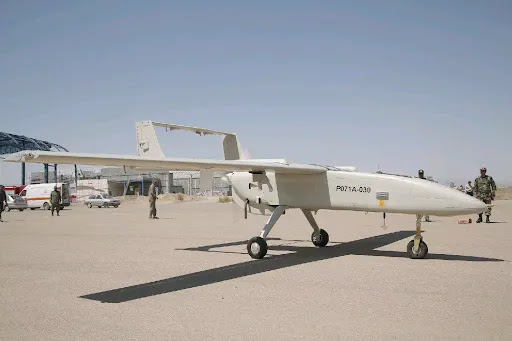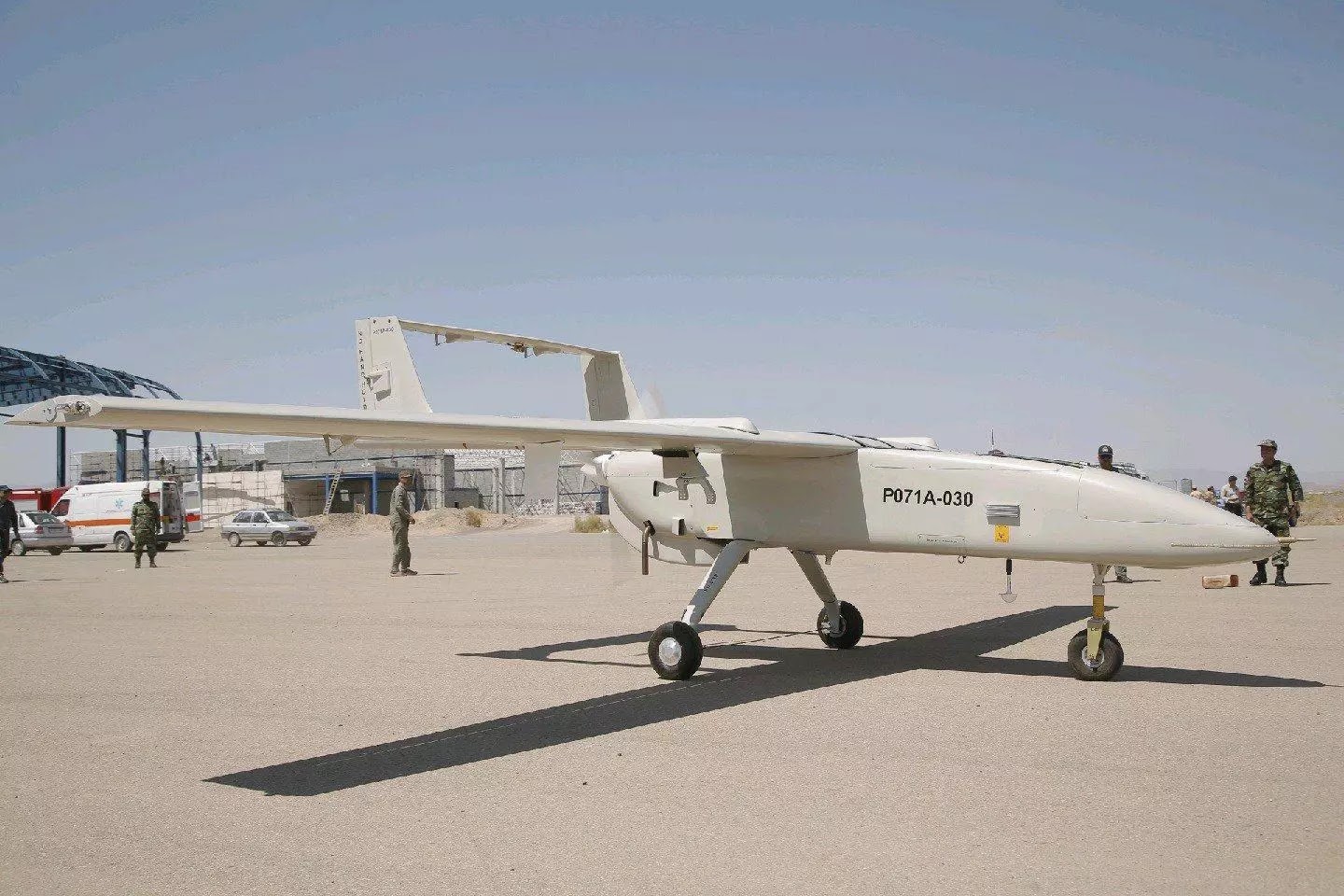The
discovery of Iranian Ghaem-5 precision-guided munition (PGM) remains near the town of
Gidami in the Oromia Region of Ethiopia in early January 2022 was a first indication that the Ethiopian Air Force had forward deployed its Iranian-made Mohajer-6 unmanned combat aerial vehicles (UCAVs) to an airport closer to the Oromia Region. [1] Satellite imagery now suggests that these armed drones have likely been deployed to
Asosa in the neighbouring Benishangul-Gumuz Region. [2] From Asosa the Mohajer-6s have sufficient range to cover most of the Oromia Region where the Oromo Liberation Front (OLA) is currently active.
Certain parts of the Oromia Region are a hotbed of rebel activity. The OLA formed an alliance with the Tigray People’s Liberation Front (TPLF) in August 2021 to form a unified front against the Ethiopian government. Although the conflict in Ethiopia is generally believed to be between the Ethiopian government and the TPLF, various parties located throughout the country are at war with each other. The Ethiopian Air Force has attempted to keep rebel activity in check through sporadic air strikes and drone strikes. Although the drone strikes conducted over the Oromia Region are reported to have resulted in the destruction of civilian infrastructure and the killing of civilians, these reports have not been independently verified. [3]
As the Mohajer-6 is not equipped with satellite communications (SATCOM), its range is limited to just 200 kilometres. Although this was enough to reach the positions of Tigray forces from their initial deployment location at Semera airport in northeastern Ethiopia and later Harar Meda airbase in central Ethiopia, it was entirely insufficient to reach the Oromia Region. To accomodate the Mohajer-6s at Asosa airport, two small hangars were constructed on the airport’s apron. In addition to protecting the drones against the weather elements, the hangars also have the added benefit of hiding the Mohajer-6s from satellite view when not in active use.

In early January this website first
reported on the discovery of Ghaem-5 PGM remains near Gidami. [1] Their discovery came not even a week after our earlier
revelation that Wing Loong I UCAVs operated by the United Arab Emirates over Tigray have possibly been involved in series of air strikes on civilian infrastructure near the town of
Alamata in the Tigray Region. [4]
 |
Ghaem-5 PGM remains found near Gidami, Oromia Region.
|
The rapid expansion of Ethiopia’s drone fleet has meanwhile allowed the government to cover ever larger swaths of the country with armed drones, now also including the Oromia Region. The use of Mohajer-6s over the Oromia Region is the latest attempt by the Ethiopian government to use armed drones to force its enemies into submission. The success of this tactic is attested by the retreat of Tigray forces back to the borders of the Tigray Region after succumbing to the pressure of unabated drone warfare. However, the Ethiopian government might soon be forced to halt its airstrikes over mounting international concern over civilian casualties.





